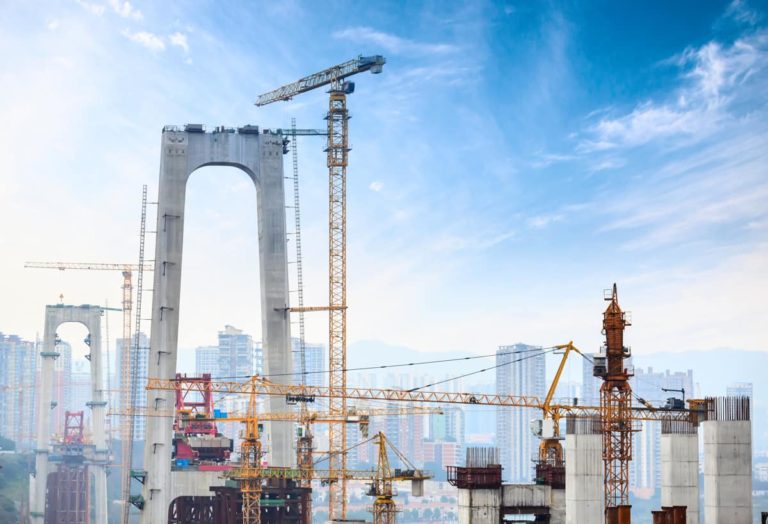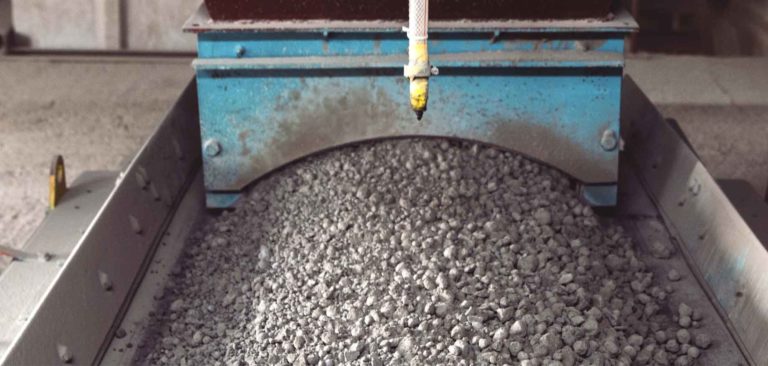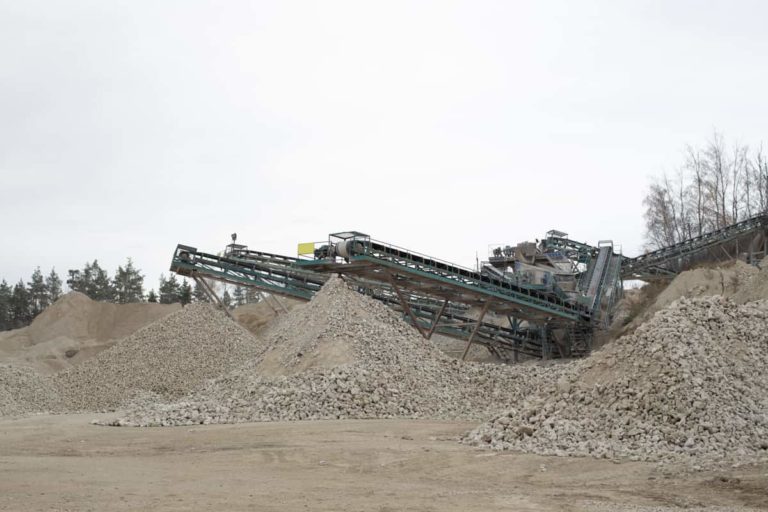Advanced Civil Engineering Methods for Modern Construction
Civil engineering plays a pivotal role in shaping the infrastructure of our world, addressing some of the most pressing challenges faced by modern society. As the oldest engineering discipline, civil engineering encompasses the planning, design, construction, maintenance, and improvement of the infrastructure that supports our daily lives. Over the years, the methods and technologies used in civil engineering have evolved significantly, leading to more efficient and sustainable construction practices. This evolution is driven by the need to solve complex problems such as overpopulation, traffic congestion, and environmental sustainability.
The Evolution of Civil Engineering Methods
Civil engineering has been instrumental in shaping human civilization since the dawn of settled communities. From ancient roads and bridges to modern skyscrapers and smart cities, the methods employed by civil engineers have continually adapted to meet the changing needs of society. Today, the focus has shifted from merely providing accessibility to prioritizing environmental sustainability, aesthetics, and long-term durability.
Modern civil engineering methods emphasize detailed planning, cutting-edge research, and the integration of advanced technologies. These innovations have transformed traditional construction practices, making them more efficient, cost-effective, and environmentally friendly. To better understand these advancements, you can explore how modern construction compares to traditional construction.
Below are some of the most effective civil engineering methods that are shaping the world today:
1. Thermal Bridging
Thermal bridging is an innovative insulation technique that enhances the energy efficiency of buildings. By allowing heat to move across materials with higher thermal conductivity, such as drywall or masonry, thermal bridging reduces heat loss and improves overall building performance. This method not only increases available floor space but also lowers construction costs and carbon emissions, contributing to a more sustainable built environment. For more insights, learn about the impact of cement on sustainable building practices.
2. Self-Healing Concrete
Weather conditions can significantly impact the durability of infrastructure, leading to cracks and structural weaknesses. Self-healing concrete is a revolutionary technology that autonomously repairs cracks when exposed to water. This process involves the formation of limestone, which seals the cracks before water and oxygen can corrode the steel reinforcement inside. Self-healing concrete not only extends the lifespan of structures but also reduces the carbon footprint associated with cement production. Discover how cement plays a vital role in sustainable infrastructure development.
3. Kinetic Footfalls
Kinetic footfalls are a groundbreaking innovation in sustainable energy generation. This method captures the energy from pedestrian movement to generate electricity through flywheel energy storage and electromagnetic induction. Kinetic footfalls are particularly effective in high-traffic areas, where continuous foot traffic generates significant amounts of economical and sustainable energy. This technology conserves natural resources and requires minimal operational space, making it a valuable addition to modern urban infrastructure.
4. Kinetic Roads
Kinetic roads harness the power of vehicle movement to generate electrical energy. This innovative civil engineering method converts the kinetic energy produced by moving vehicles into electricity, which is then fed into the grid. Kinetic roads not only enhance energy conservation but also improve road safety and sustainability, making them a key component of future transportation infrastructure. Explore civil engineering efficient methods to see more such innovations.
5. Modular Construction
Modular construction is a method that allows buildings to be constructed off-site using the same materials and standards as traditional on-site construction. This approach offers numerous advantages, including reduced environmental disruption, faster project completion, and higher quality control. By limiting the need for on-site construction, modular construction minimizes waste, reduces vehicle emissions, and ensures timely delivery of building components.
6. Photovoltaic Glazing
Building Integrated Photovoltaic Glazing (BIPV) is a cutting-edge technology that transforms buildings into self-sufficient energy producers. This method involves the use of transparent photovoltaic glass as a building material, allowing the entire structure to function as a solar panel. BIPV systems increase energy efficiency by integrating large windows, skylights, and facade elements into the design, meeting the rising demand for sustainable energy solutions. Surprisingly, the cost of BIPV is only marginally higher than traditional glass, as it replaces the need for cladding and shading systems.
7. Cloud Collaboration
Cloud collaboration has revolutionized the construction industry by enabling real-time communication and data sharing among engineers and architects. Tools like Basestone allow for the digital review of project drawings, significantly reducing the costs associated with traditional paper-based methods. Cloud collaboration ensures consistency, mitigates discrepancies, and enhances efficiency throughout the construction process.
8. Asset Mapping
Asset mapping is a scalable technology that streamlines the construction process by consolidating data from various sources into a single intuitive map. This real-time system focuses on operational equipment such as lighting, security systems, and HVAC, providing engineers with easy access to essential information. Asset mapping reduces inefficiencies, prevents budget overruns, and improves overall project management.
The Impact of Civil Engineering on Modern Society
Civil engineering is the backbone of modern civilization, shaping both urban and rural communities. By continuously improving the quality of infrastructure and services, civil engineers play a critical role in driving economic growth and creating a safer, more sustainable world. Their work not only supports the development of cities but also enhances the quality of life for people around the globe.







